PalWalker for Assisted Walking Exercises and Independence
Designed to help people with disabilities walk away from wheelchairs when possible.
Designed to increase independence and improve health of wheelchair users.
Affordable recovery solution when needed most.











Recovery
Individuals recovering from gait loss can significantly improve their chances of recovery through convenient gait training sessions anytime.
Independence
The combined advantages of mobility, position control, seamless transfers, and height adjustments empower wheelchair users to achieve unprecedented levels of independence.
Health
The ability to stand, sit, recline, and even walk with the PalWalker promotes increased blood circulation, muscle stretching, improved bone density, and enhances bladder and bowel functions.
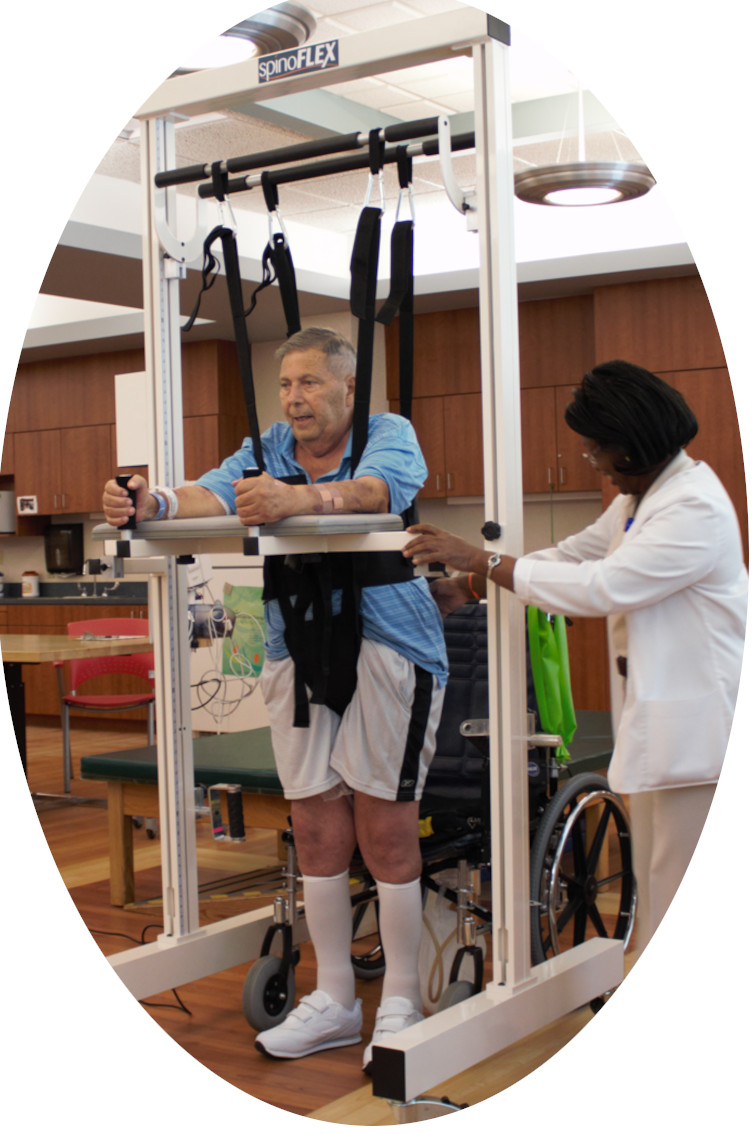
Therapy at Remote Clinics - High Cost, Low Frequency, Transfers, Transportations & Low Efficacy
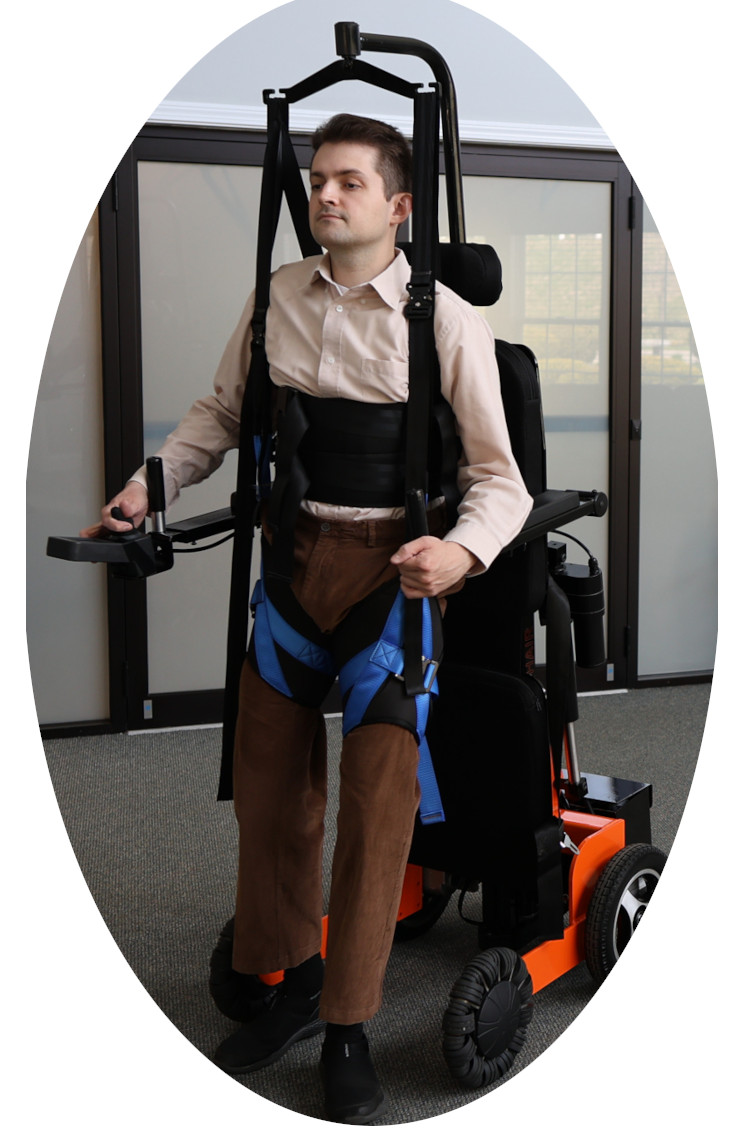
PalWalker Home Therapy - Low Cost, High Frequency, No Transfers & High Efficacy
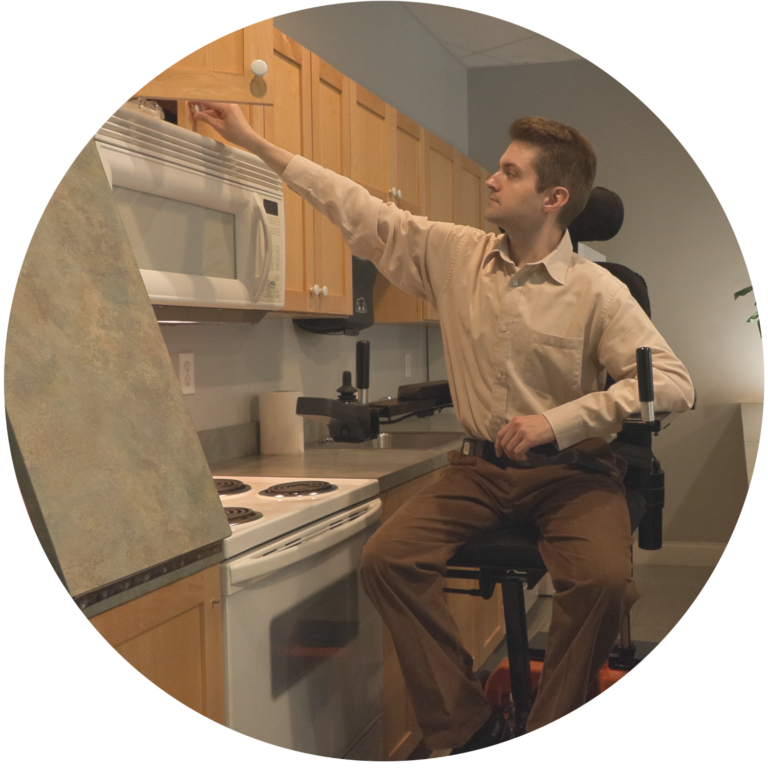
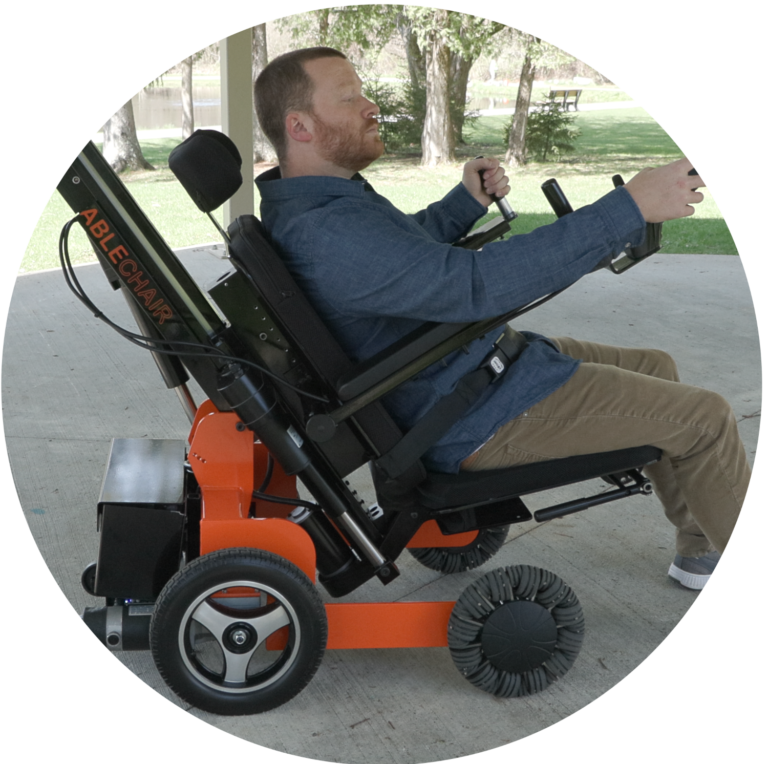
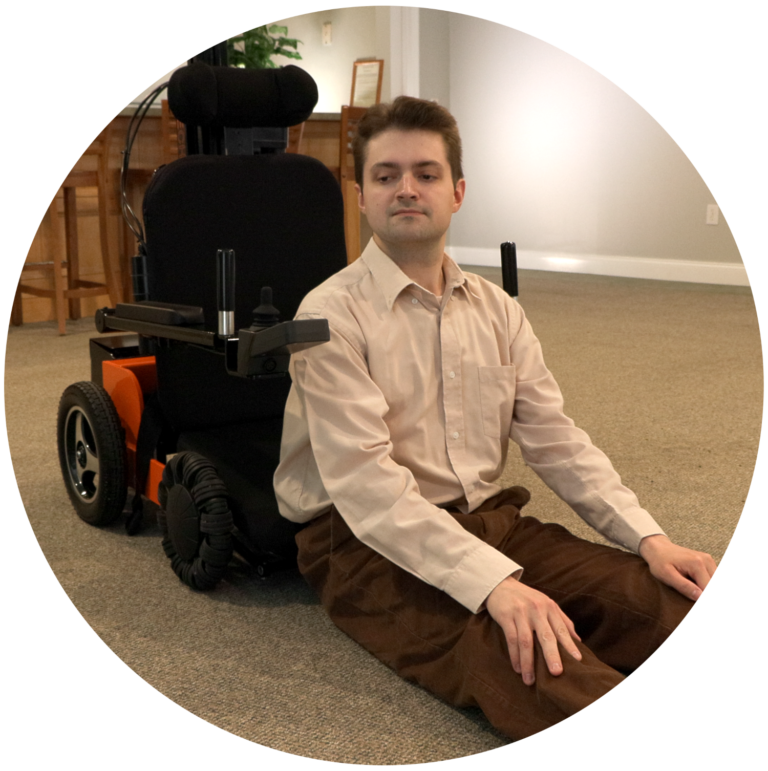
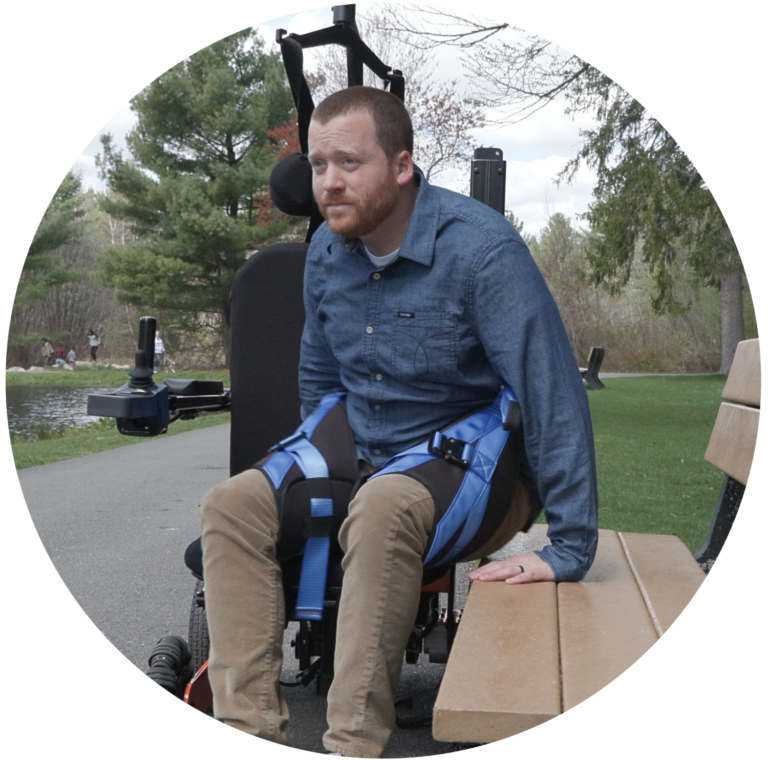
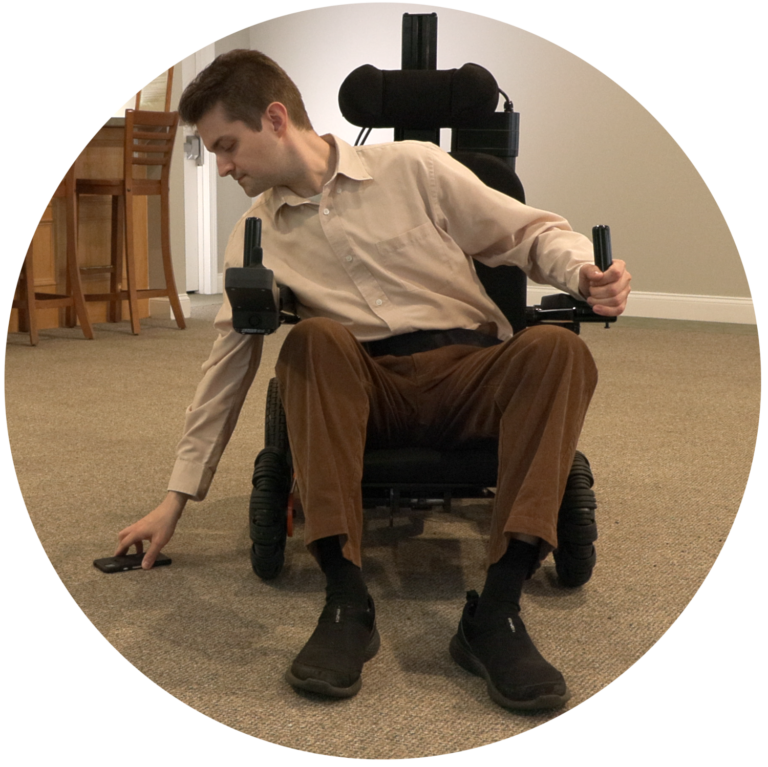
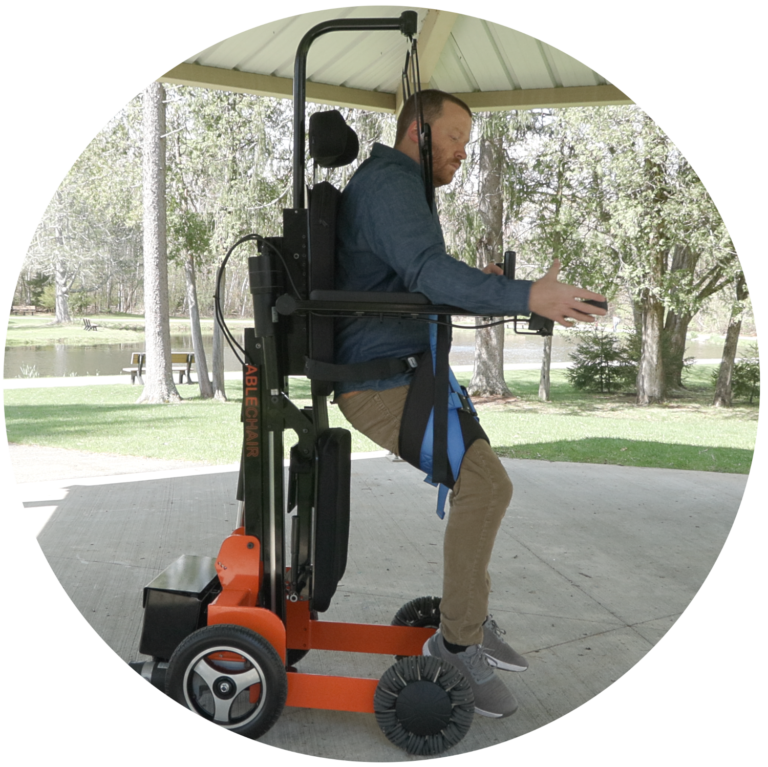
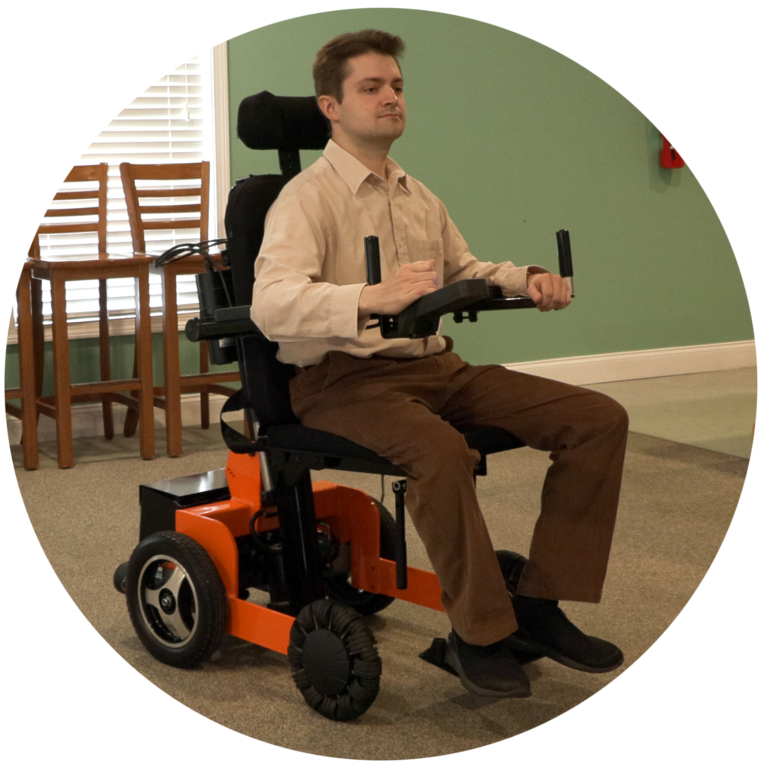
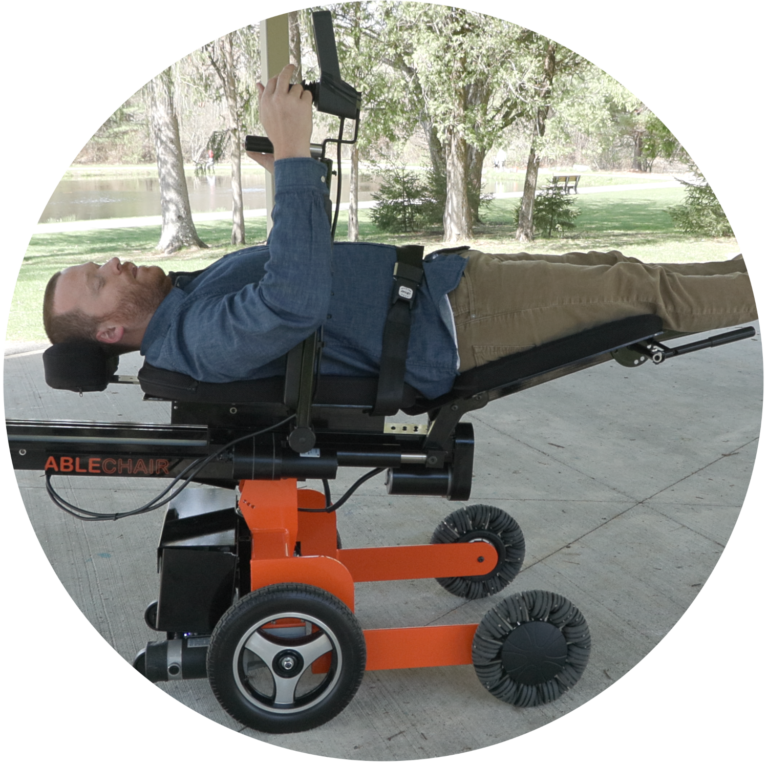
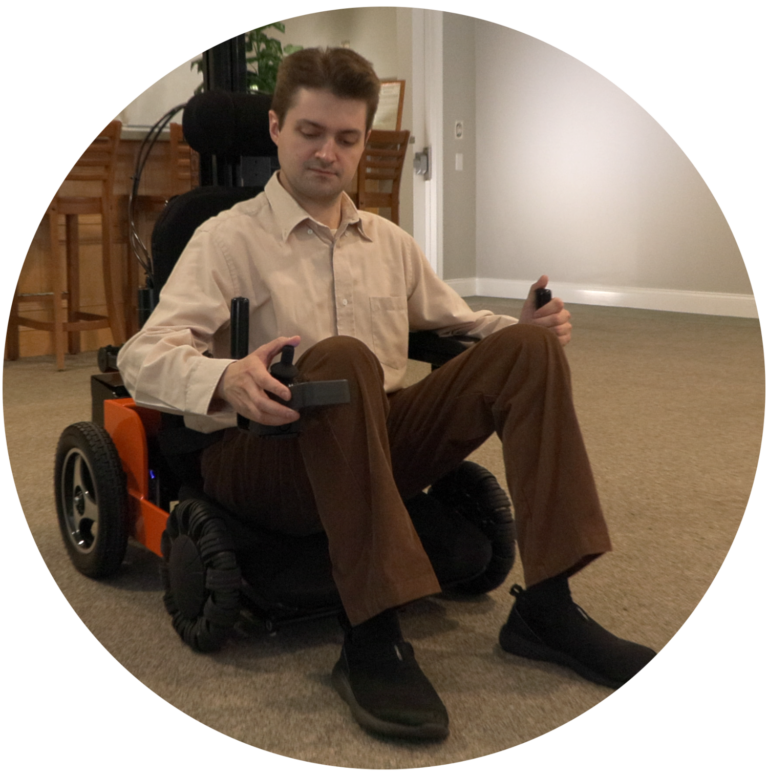
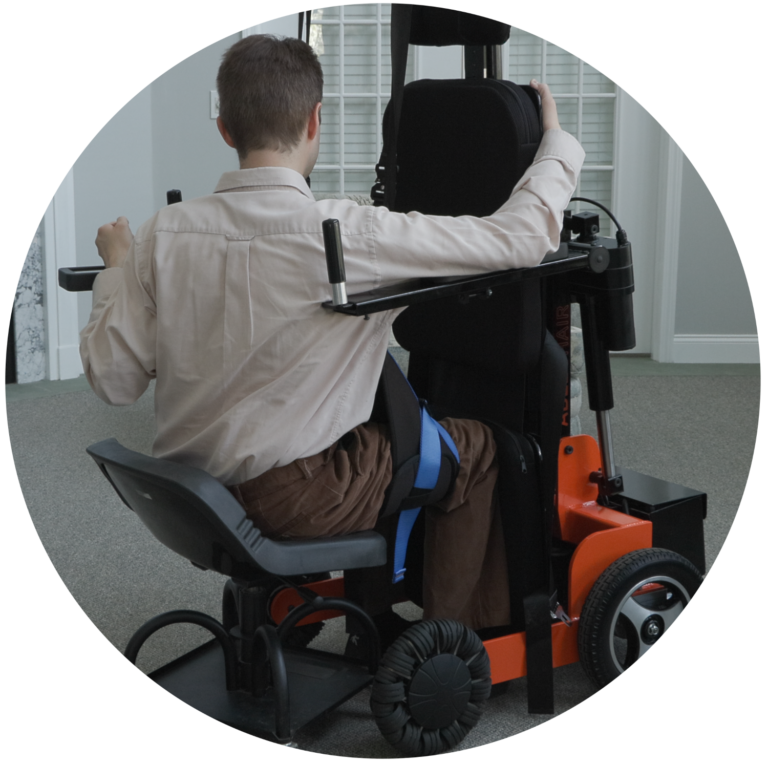
Independence
Limitations due to disabilities
- Costs: Financial burdens associated with specialized equipment and services.
- Transfers: Challenges in transitioning between surfaces or transportation modes.
- Transportation: Limited accessibility to disability-friendly transportation.
- Therapy Services: Restricted availability or accessibility to essential therapies.
Need for ongoing therapy
- Risk of Permanent Damage: Insufficient or delayed therapy can lead to permanent bodily damage. Optimal therapy might not be feasible, undermining the gains achieved during sessions.
- Limited Productive Time: Gait training's brief duration versus prolonged inactivity in a wheelchair can reverse therapy gains.
- Psychological Impact: Loss of walking ability can cause emotional distress, affecting social interest.
- Challenges in Relearning: Extended immobility makes relearning to walk physically and mentally challenging.
- Halted Rehabilitation: Therapy often stops after a year, assuming further recovery is unlikely.
Need for early participation
- Preventing Permanent Damage: Timely therapy prevents irreversible bodily harm.
- Optimizing Therapy Results: Delayed therapy might not yield optimal outcomes due to limited time spent in therapy compared to prolonged inactivity.
- Preserving Gains: Extended inactive periods between sessions risk undoing the gains achieved during therapy.
- Challenging Inefficiency: Current perceptions accept inefficient therapy outcomes as the norm and the PalWalker changes this norm.

Therapy Integrated Mobility - A paradigm shift in bringing much needed therapy to the wheelchair users for recovery, independence or maintaining health.
Who Can Benefit
- Wheelchair users
- SCI recovering people
- Stroke recovering people
- Elderly who need assistance
- Hip replacement recovering people
- Knee replacement recovering people
- Physical Therapy Clinics
- Caregivers
- Nursing Homes
Benefits to Caregivers
- Enhanced Safety: The chair's stability and safety features reduce the risk of accidents or falls, providing peace of mind to caregivers.
- Reduced Physical Strain: Its functionalities, such as seamless transfers and adaptable positioning, minimize the physical effort required during caregiving tasks.
- Preserving Gains: Extended inactive periods between sessions risk undoing the gains achieved during therapy.
- Increased Independence for Users: By promoting user autonomy and aiding in daily tasks, the PalWalker reduces the caregiver's constant need for intervention.
- Efficient Management: The chair's versatility and convenience streamline caregiving responsibilities, making it easier to attend to other tasks or care for multiple individuals.
- Accessible Gait Training: Offering gait training at home, the PalWalker eliminates the need for frequent clinic visits, saving time and effort for both users and caregivers.
- Observational Ease: Wireless controls enable caregivers to monitor the chair's functions from a distance, facilitating a more flexible and attentive caregiving approach.
- Comfortable and Customizable: The chair's adaptability to various positions and heights ensures users' comfort, reducing the need for constant readjustments by the caregiver.
- Alleviating Emotional Burden: Providing an innovative solution for users' recovery and independence can alleviate the emotional stress on caregivers, offering hope for the user's well-being.
Cost Benefits
Annual disability-associated healthcare costs per person amount to over $20,000 in several states in the US. The national average per session cost of physical therapy can range from $30 – $400, while insurance may cover a portion of these costs, out of pocket expenses could still be very high on an ongoing basis. In many cases the cost savings due to the PalWalker use can easily offset the cost of the PalWalker in a short period. In addition, the convenience and improving the chances of recovery are priceless.
